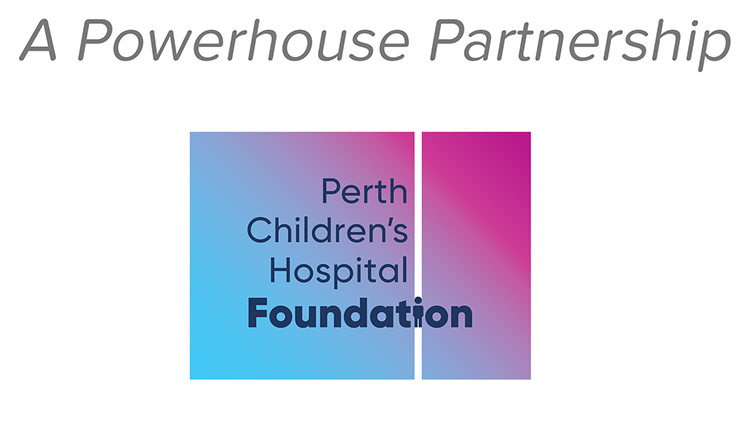Hypoxia and sterile inflammation in cystic fibrosis airways mechanisms and potential therapies
ABSTRACT
Cystic fibrosis is one of the most common autosomal recessive genetic diseases in Caucasian populations. Diagnosis via newborn screening and targeted nutritional and antibiotic therapy have improved outcomes, however respiratory failure remains the key cause of morbidity and mortality. Progressive respiratory disease in cystic fibrosis is characterised by chronic neutrophilic airway inflammation associated with structural airway damage leading to bronchiectasis and decreased lung function. Mucus obstruction is a characteristic early abnormality in the cystic fibrosis airway, associated with neutrophilic inflammation often in the absence of detectable infection. Recent studies have suggested a link between hypoxic cell death and sterile neutrophilic inflammation in cystic fibrosis and other diseases
via the IL-1 signalling pathway. In this review, we consider recent evidence regarding the cellular responses to respiratory hypoxia as a potential driver of sterile neutrophilic inflammation in the lung, current knowledge on hypoxia as a pathogenic mechanism in cystic fibrosis and the potential for current and future therapies to alleviate hypoxia-driven sterile inflammation.
Authors: , , , .
Published in the European Respiratory Journal in January 2017.
Discover. Prevent. Cure.



